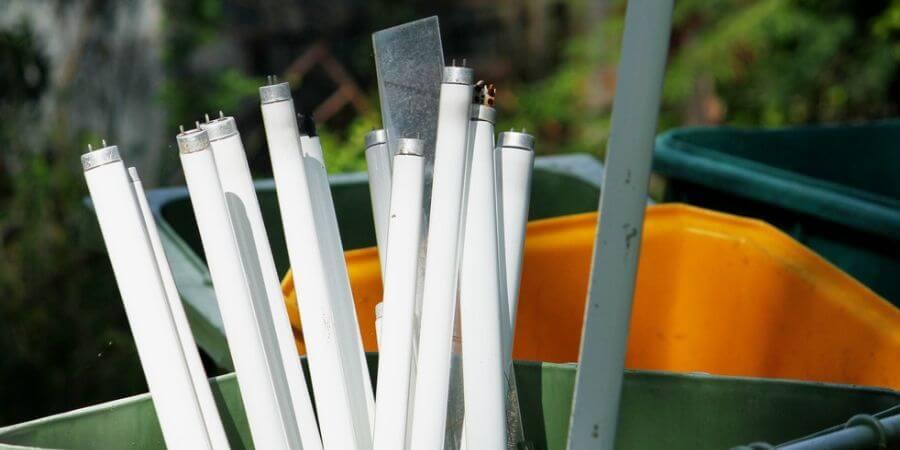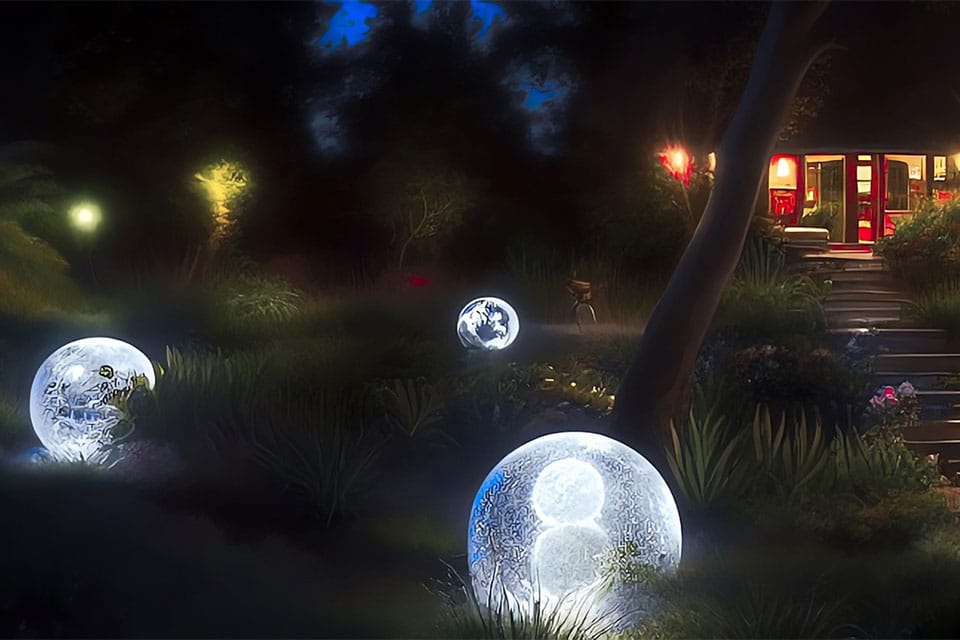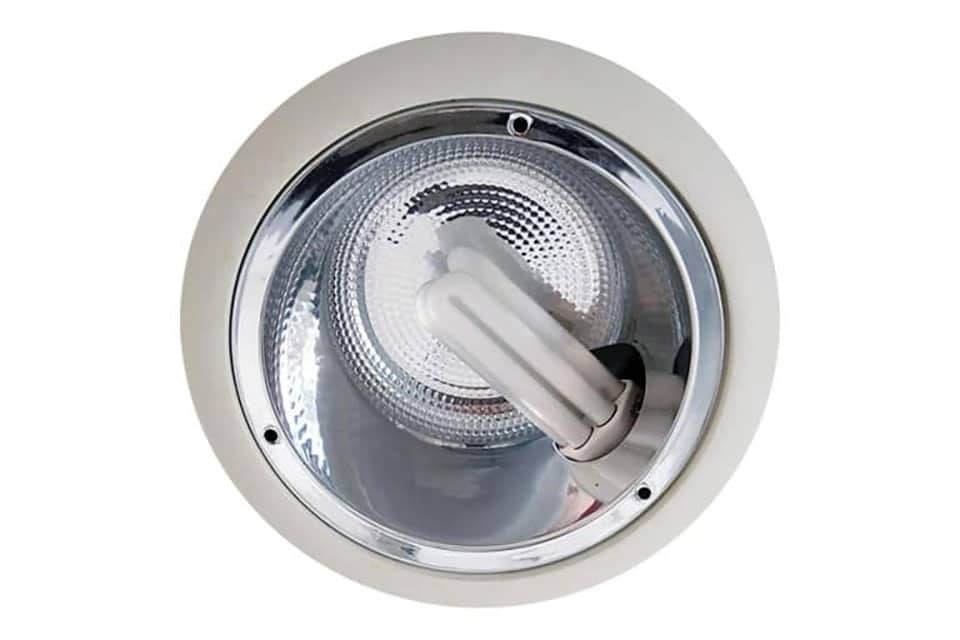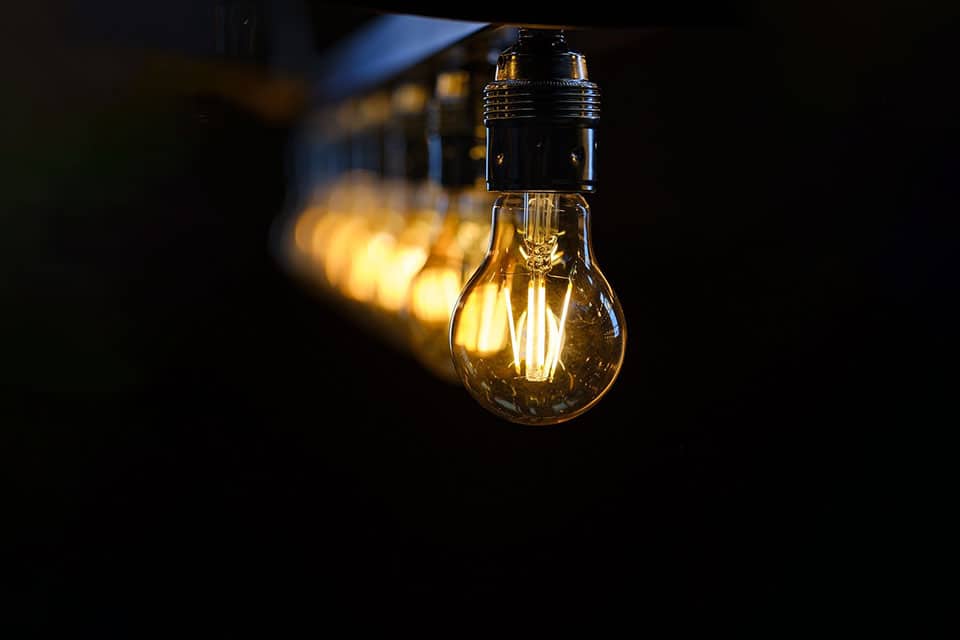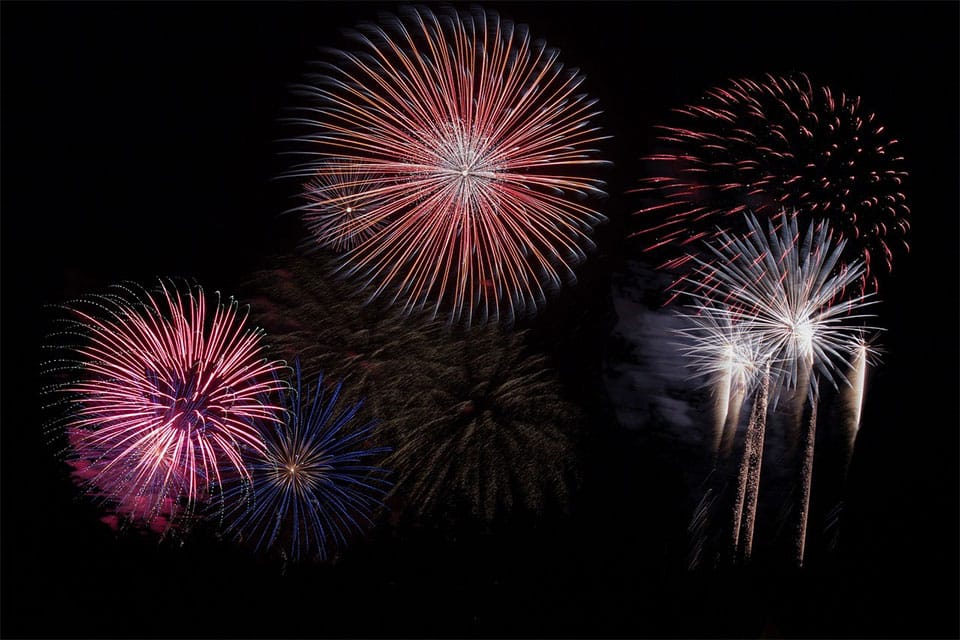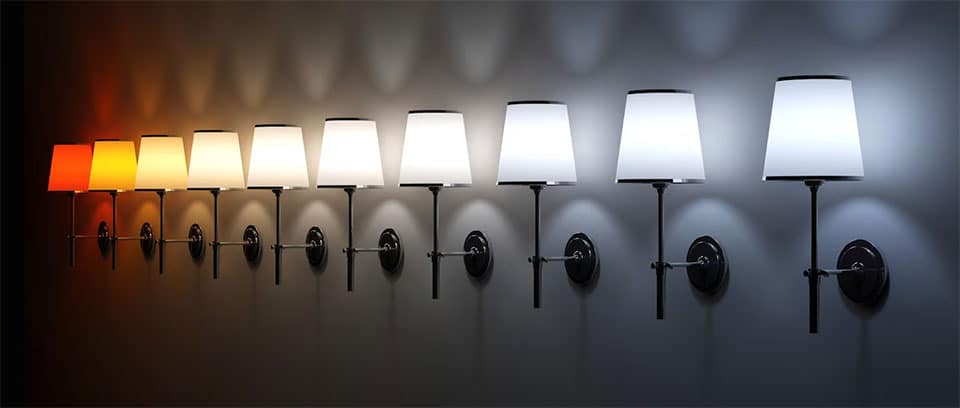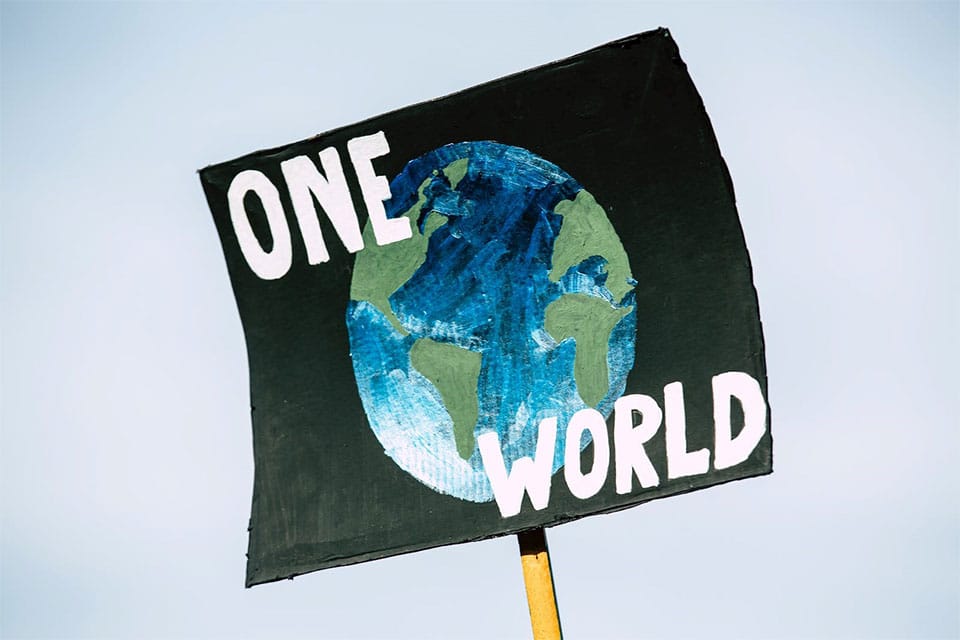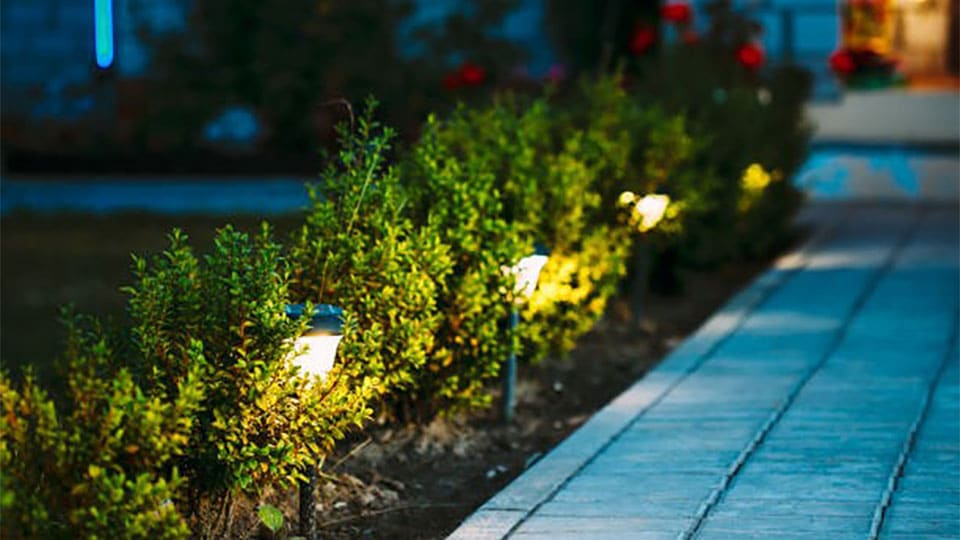As a resident of the UK, you are likely familiar with WEEE regulations, either by name, by the small symbols this legislation requires on all electrical and electronic equipment packaging, or by the changes it made to the requirements for the safe and proper disposal of electrical equipment.
But you may still be wondering—what exactly is WEEE, and how does it impact you as a consumer?
What is WEEE?
WEEE stands for Waste Electrical and Electronic Equipment. This includes:
- Old computers
- Tellys
- Mobile phones
- Fluorescent, LED and discharge light bulbs
- Any other electrical and electronic equipment that is broken, out-of-date, or has otherwise reached the end of its lifecycle.
In other words: WEEE includes all electrical or electronic things that are destined to end up in the bin and, as a result, contribute tonnes of hazardous waste each year to our environment when not disposed of properly.
Why do we need the WEEE Directive?
Because these products are made up of components that contain some hazardous materials and scarce or valuable resources, proper recycling of WEEE is necessary for personal safety, to limit environmental damage and impact, and to allow the valuable materials to be removed and reused.
What does WEEE compliance entail?
WEEE Regulations are laws that went into place in 2006. They have been updated twice since then, in 2013 and 2019 respectively. These regulations require electrical and electronic manufacturers and sellers to:
- Minimise waste arising from their electrical and electronic equipment (EEE) products and promote their reuse
- Ensure the waste products are treated correctly and meet recovery and recycling targets for the waste materials
- Design products by reducing material use and enhancing reusability and recyclability
- Businesses who place electrical and electronic equipment (EEE) on the UK market for the first time by importing, manufacturing, rebranding or distance selling are considered producers under the regulations and must register with the Environment Agency (EA) directly or via a Producer Compliance Scheme (PCS) such as Comply Direct.
Source: Comply Direct
- Accept WEEE for free from customers purchasing like-for-like products, regardless of whether this is done in store, online or by mail order.
- Retailers with a sales area of EEE greater than 400 square metres must also accept small WEEE (less than 25 cm on its longest side) for free from private household customers at their retail site or close to it without the requirement to purchase new EEE
- Where a take back WEEE service is offered, retain relevant documentation of WEEE returned for at least four years.
- Where a take back WEEE service is not offered, pay to join a Distributor Takeback Scheme (DTS) and direct end users to their local authority recycling centres.
- Provide customers access to written information on the service provided, what they should do with their WEEE and the meaning of the crossed-out wheeled bin symbol.
Source: gov.uk
Companies that are not compliant under WEEE regulations can be prosecuted and fined up to £5,000.
Is the Lightbulb Co WEEE compliant?
Yes, we are 100% WEEE compliant! In partnership with Recolight, the Lightbulb Co offers a cost-effective, hassle-free lamp recycling service.
Learn more about retailer and distributor responsibilities.
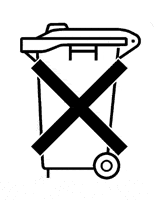
What does WEEE mean for you?
While the WEEE regulations primarily govern businesses, consumers are obligated to safely and properly dispose of any household electronic and electrical waste that bears the crossed out wheelie bin symbol (right) .
You can dispose of these items in several ways:
- Take them to your local household waste recycling centre or collection point
- Arrange for collection with local authorities
- Donate the items to an organization that collects them
- Arrange a like-for-like collection from your supplier or retailer
Learn more about your role in WEEE.
Learn more about how to safely dispose of light bulbs and batteries.
Conclusion
WEEE legislation benefits our planet greatly by reducing the impact that electrical and electronic waste has on our environment, and it has minimal impact on consumers. All you have to do is take some additional consideration during the purchase and disposal process to ensure electrical and electronic equipment is safely recycled and reused whenever possible by:
- Buying from WEEE compliant manufacturers and retailers
- Disposing of any products with WEEE labels using the appropriate avenues available
For more information about WEEE, check out the Recolight website and the following government resources:
Questions about our like-for-like take back service? Please contact us for more information.






















































































